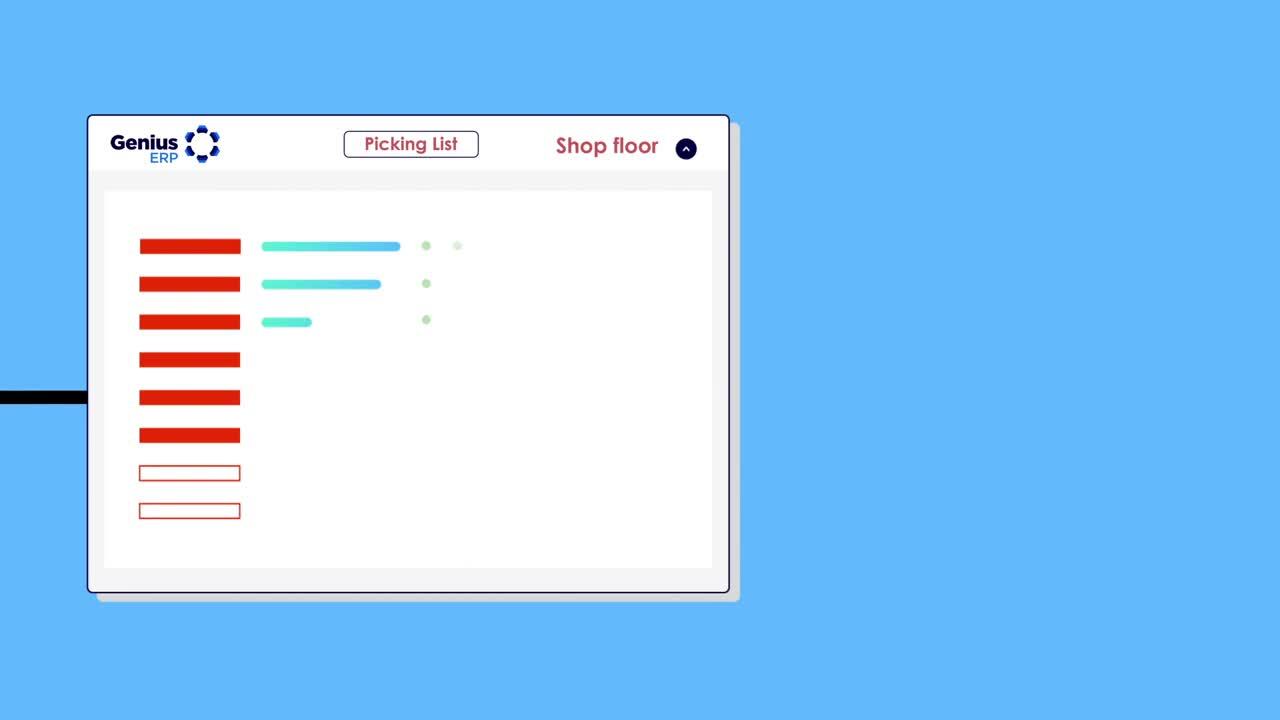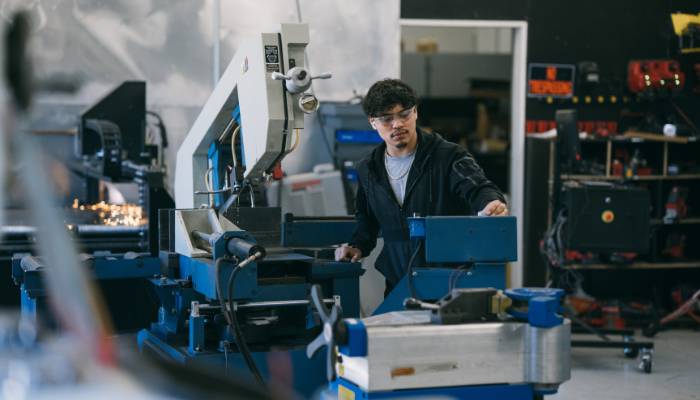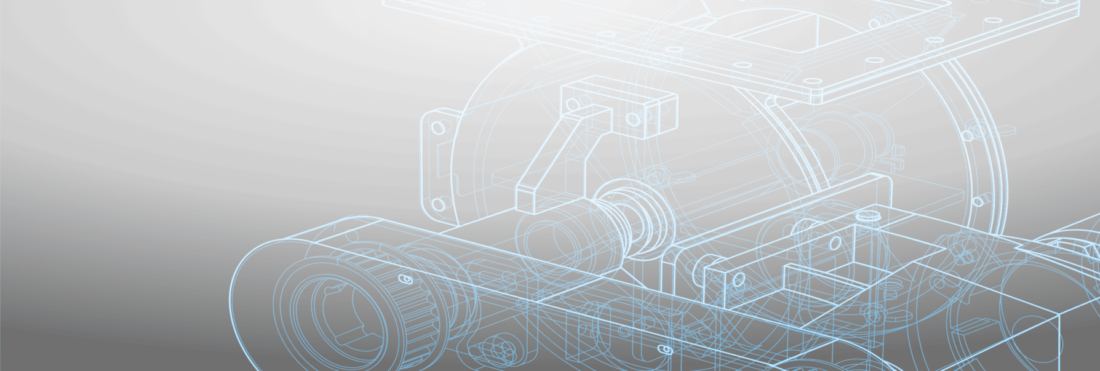
Concurrent engineering is a design process that involves multiple departments of a manufacturing business working together to create a product. It is extremely efficient as it decreases product development time, allows manufacturers to get products to market faster, reduces lead times, and lowers costs.
Concurrent engineering is a long-term business strategy with many advantages: Even if it may be challenging to set up and implement in your shop, the competitive edge that concurrent engineering gives you makes it worthwhile in the long run. Creating an environment where multiple teams work together so that products are designed faster and better the first time around eliminates the need for multiple design reworks and helps you manufacture a product from start to finish more efficiently. In practice, concurrent engineering means that you can manufacture the first stage of a product while still engineering later stages, allowing you to design, engineer, and manufacture complex products faster.
Why Should Your Shop Use Concurrent Engineering?
Custom manufacturers that use concurrent engineering improve the efficiency and effectiveness of the product development process, resulting in better products, faster delivery times, and reduced costs. Some of the reasons you should implement concurrent engineering in your shop are:
Faster Product Development Timelines
By lowering the time it takes to get to market, concurrent engineering gives you a competitive advantage over other manufacturers. Concurrent engineering enables all departments in your company to work together simultaneously to develop a new product, so you can significantly reduce the time it takes to bring a new product to market.
This means that products can be designed, manufactured, and assembled faster, helping you get their products to market more quickly, and beat your competition in terms of delivery dates.
Lower Costs
Involving manufacturing and production teams early in the product development process allows you to identify potential manufacturing and assembly issues before they occur, which reduces the need for redesigns and prevents costly errors and delays in the production process. By designing products with manufacturing and assembly in mind, you can also reduce the cost of production, as products are designed to be more easily manufactured and assembled.
Reduce Lead Times
Long-lead items are one of the biggest culprits that can slow down your shop and cause you to deliver jobs late. But, concurrent engineering lets you purchase long-lead components before a BOM is fully completed, giving you more time to procure these items to ensure you have them on hand when needed.
Better Product Quality Products
By involving your manufacturing and production teams early in the product development process, you can ensure that a product is designed to be easily manufactured and assembled, resulting in a higher quality product.
Improved Customer Satisfaction
Concurrent engineering can help ensure that products are designed to meet customer needs and expectations. With multiple teams working together, concurrent engineering makes it easier to include customer feedback in the product development process — ensuring that the final product meets your customer’s needs. Also, by designing products with manufacturing in mind, you reduce the risk of product defects and delays, which can result in greater customer satisfaction.
How To Adopt Concurrent Engineering in Your Shop
Concurrent engineering has many advantages but it will take some hard work and dedication to implement in your shop, as it upheaves how most custom manufacturing shops go about designing and manufacturing a product. Changing up your processes and practices isn’t easy, but you will see many benefits if you do. Here are four things you can do to implement concurrent engineering in your custom shop:
1. Create a Collaborative Culture
Concurrent engineering requires cooperation across different departments of your company, including engineering, manufacturing, and production: You must create a collaborative culture in your shop to implement concurrent engineering effectively. This means creating cross-functional teams that work together to design and develop new products. Your teams should have representatives from each department involved in the product development process to ensure that everyone’s input is taken into consideration.
2. Involve Manufacturing and Production Teams Early in the Process
You must involve your manufacturing and production teams early in the product development process, even before the product design is finalized. As a result, fewer redesigns and production delays will occur because products are planned with manufacturing and assembly in mind. This will also make it easier to start production before a product is finished being engineered.
3. Communicate Regularly
Effective communication and regular reviews are critical to the success of concurrent engineering in your shop. You need to create a communication plan that ensures all teams are regularly updated on the progress of the product development process. Regular reviews should also be conducted to ensure that the product design is on track and to identify any issues that may require attention. By doing this, you can make sure that the product development process stays on schedule and that the final product meets the desired quality and performance standards.
4. Use an ERP That Allows for True Concurrent Engineering
Your ERP is at the heart of your manufacturing business. Ensure that the ERP you use allows for true concurrent engineering with progressive BOM release, so you can manufacture the first phase of a project while still engineering later stages. If your ERP doesn’t support concurrent engineering processes, like allowing you to order long-lead items without a finalized BOM, you will have trouble truly implementing it in your shop.
_________________________________
Concurrent engineering can provide significant benefits to custom manufacturers, including faster time to market, better product quality, reduced development costs, and improved customer satisfaction. By involving multiple departments in the product development process, using the right ERP system, and adopting a culture of collaboration, custom manufacturers can implement concurrent engineering successfully, resulting in a more efficient and effective product development process.
To learn more about how you can implement concurrent engineering in your shop, watch our webinar, How To Introduce Concurrent Engineering Into Your Business Using Genius ERP.
Get your eBook Scared to implement a new ERP?
"*" indicates required fields



